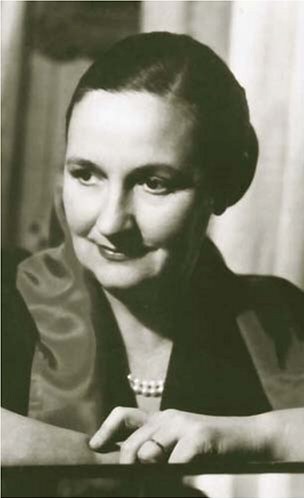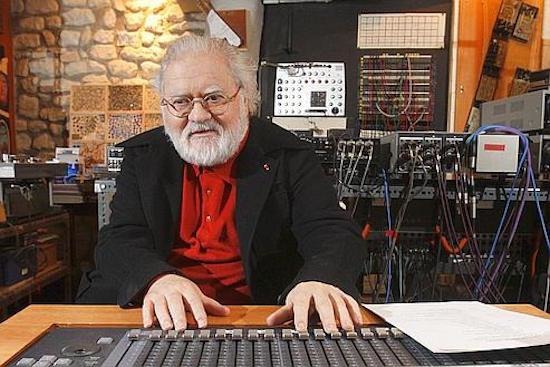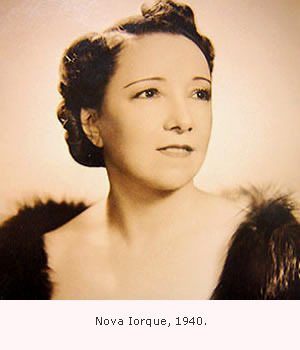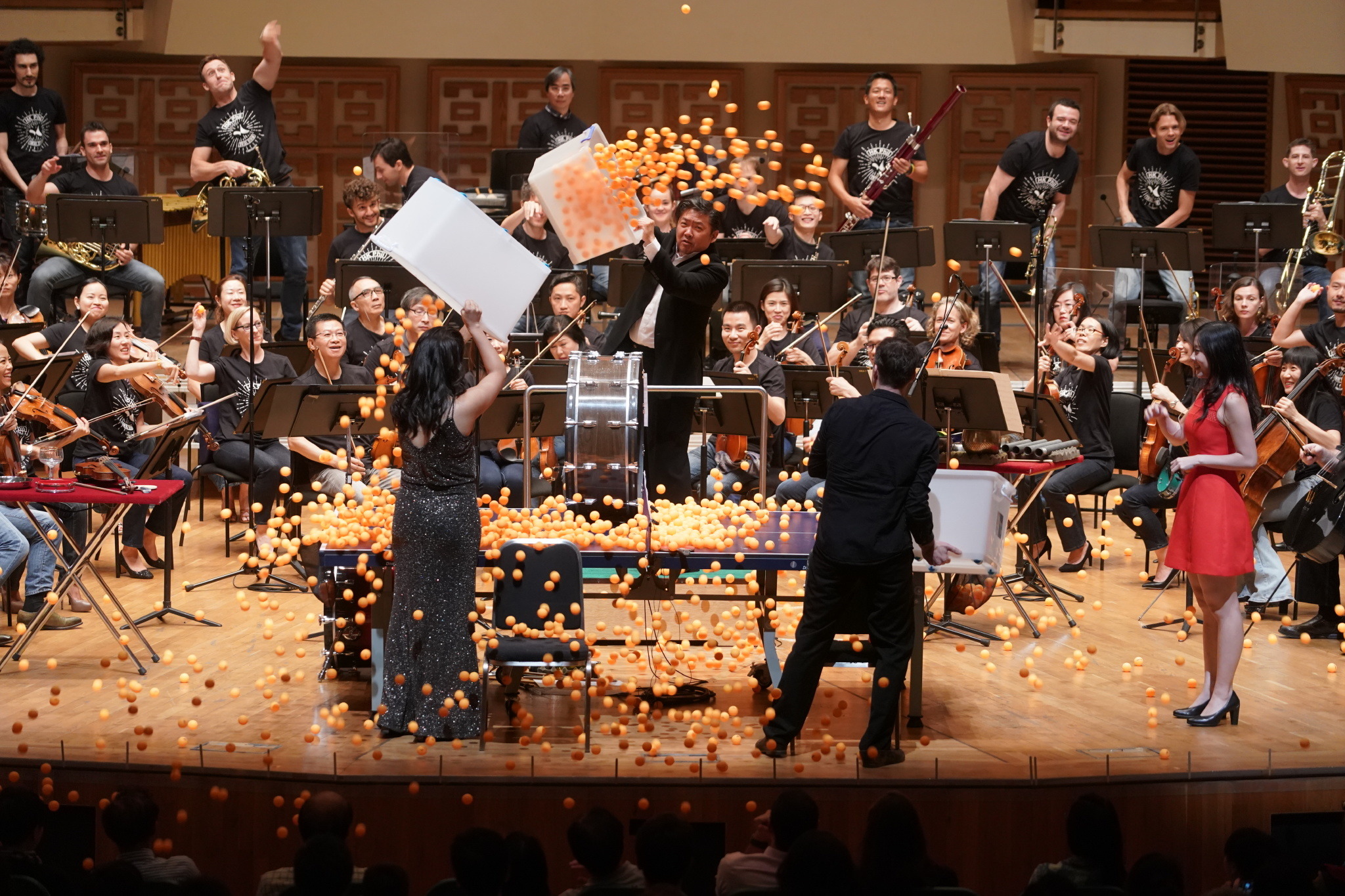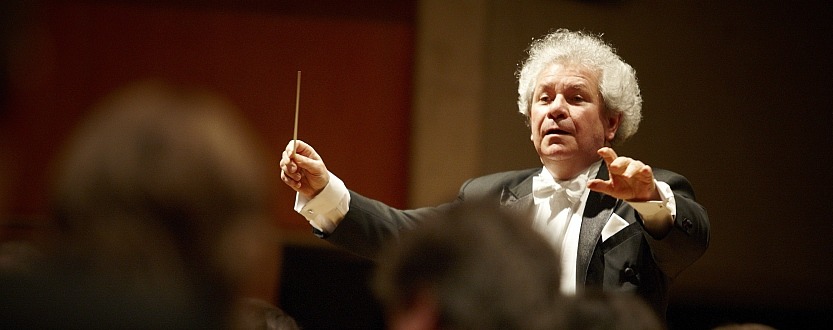It’s a sunny afternoon in Delhi and I am wandering around the Qutub Minar with my cousin sister, who asks me about the origins of the minaret. Before I can answer, a confident voice pipes in and prattles off the
Blogs
Greek pianist Gina Bachauer (1913-1976) started her studies at the Athens Conservatory before attending the Ecole Normale de Musique to study with Alfred Cortot. In Paris, she was also able to study with Rachmaninov. Her professional debut was made at
The Hong Kong Music Series is part of a wider series of events marking the twentieth anniversary of the transfer of sovereignty of Hong Kong from the United Kingdom to the People’s Republic of China. The Hong Kong Special Administrative
A substantial number of classical music lovers have probably never heard the term “musique concrète.” It was coined by the French experimental musician and composer Pierre Schaeffer in 1948, and describes electroacoustic music that uses natural sounds—not electronically generated tones—as
Music is the only field of study that requires regular and extended one-to-one interaction between student and teacher. The student-teacher relationship is a very special one, based on mutual trust and respect. Young students are often hungry for knowledge and
Magda Tagliaferro (1893-1986) was born in Brazil to French parents and learned piano from her father, who had studied at the Paris Conservatoire with Raoul Pugno. With the encouragement of Pablo Casals, Magda also attended the Paris Conservatoire, entering it
Andy Akiho’s new concerto, Ricochet, takes the idea of rhythm and makes it the center point of his whole piece. The piece opens with an extensive violin solo, but not a cadenza in the way that we’ve come to expect
Acknowledged as “the most profound proponent of Czech orchestral music,” conductor Jiří Bělohlávek has died aged 71. He is best remembered for his radiant interpretations of Janáček and Martinů, two towering voices that forcefully carried the rich legacy of Czech


